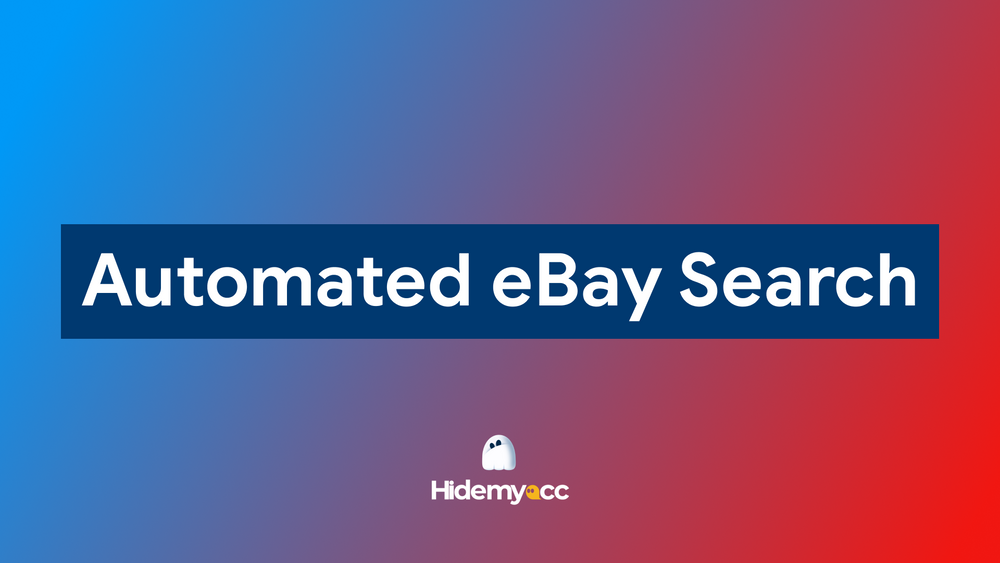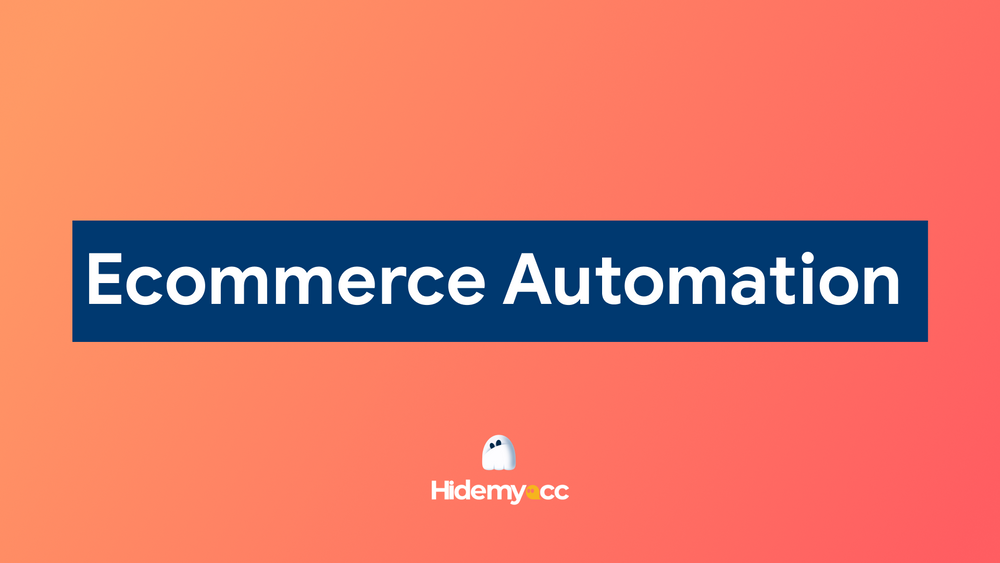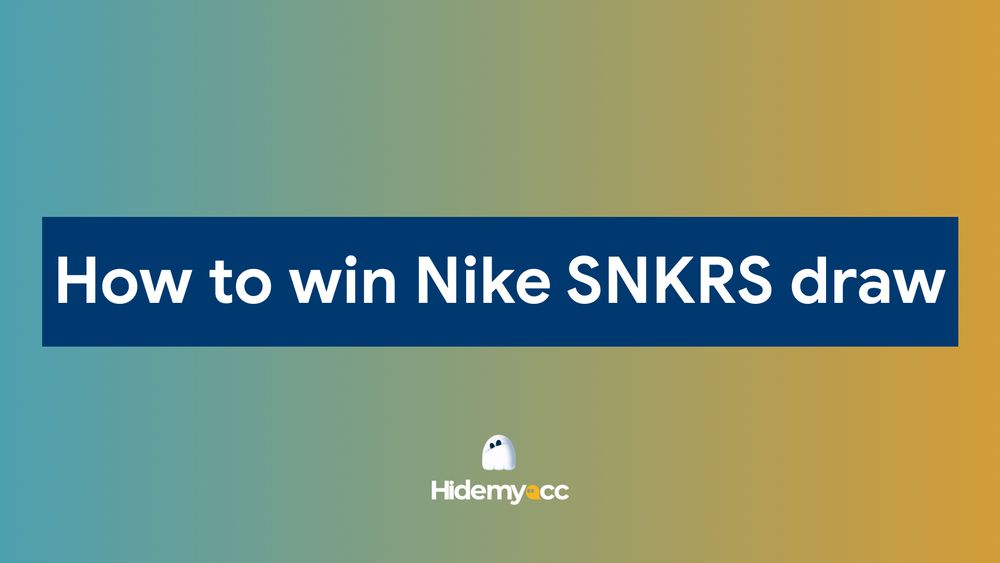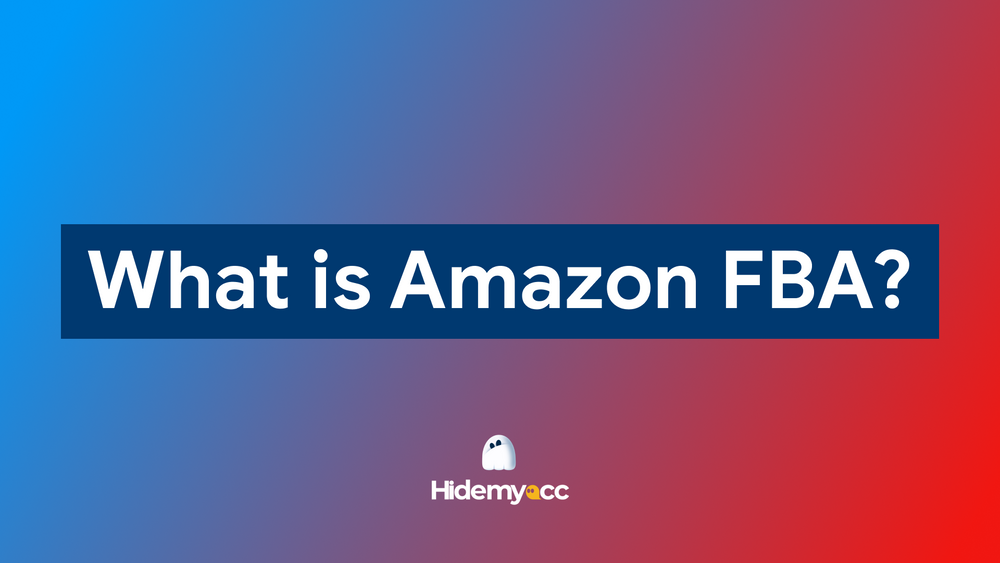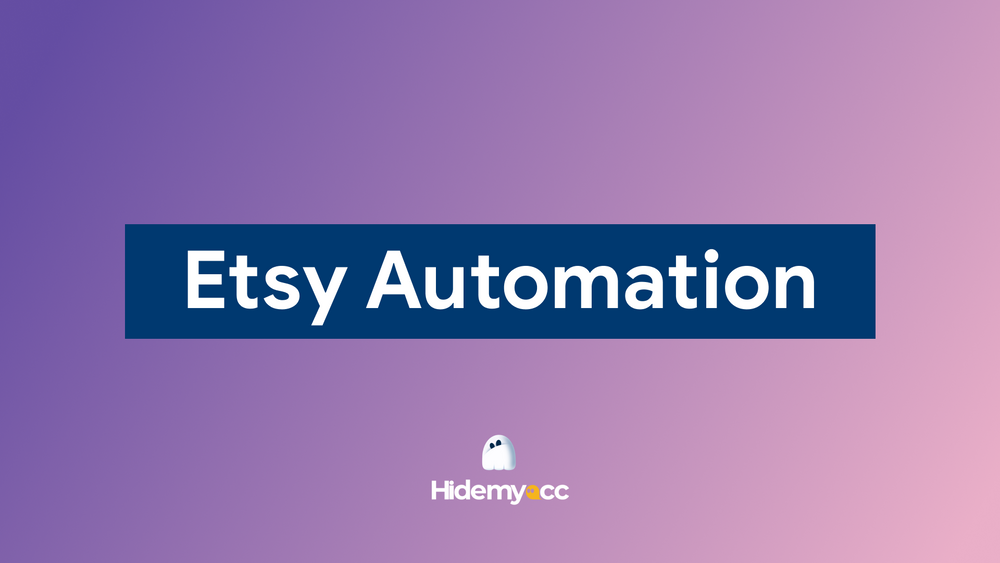Redbubble has become a popular platform for both artists and buyers looking for unique, custom-designed products. The marketplace offers artists a chance to showcase their work on a variety of products, from t-shirts and mugs to phone cases and wall art. On the other hand, buyers are drawn to the vast range of designs and the ability to purchase one-of-a-kind items. But, with its rise in popularity, questions have started to arise: Is Redbubble legit? Is it a trustworthy platform for both artists and customers, or are there hidden risks?
In this blog post, we’ll dive deep into whether Redbubble is a legit platform or if there are reasons to be skeptical. This review will provide a detailed look at its business model, the artist experience, product quality, customer feedback, and the potential risks. Whether you're an artist looking to join or a buyer considering making a purchase, by the end of this post, you'll have a clear understanding of what Redbubble has to offer.
1. What is Redbubble?
Redbubble is a print-on-demand (POD) platform that connects independent artists with consumers looking for unique, custom-designed products. Founded in 2006, the platform allows artists to upload their designs and apply them to various products, including clothing, home decor, accessories, and more. Buyers can then browse through thousands of designs and purchase items directly from the platform.
As a business model, Redbubble operates by taking a commission on each sale, with artists earning royalties for their designs. This makes it accessible to artists, as there are no upfront costs, and it’s a relatively low-risk way to start selling art online.
But is Redbubble legit? Let’s break down the platform from both an artist’s and a buyer’s perspective to see if it truly lives up to its claims.
2. Which is Redbubble’s business model?
At its core, Redbubble operates on a print-on-demand business model. Artists upload their designs to the platform, and Redbubble takes care of manufacturing, printing, and shipping the products to customers. This model allows artists to avoid the cost of inventory or production, making it an attractive option for many independent creators.
For each sale, Redbubble takes a portion of the sale price, while the artist receives a royalty. The royalty percentage is generally set by the artist and varies depending on the product. While this system is relatively simple, some artists have raised concerns about the low margins, especially when factoring in the fees and commissions that Redbubble takes.
One of the significant benefits of Redbubble’s business model is that it eliminates the need for inventory management and upfront costs, making it an excellent platform for artists just starting. However, the downside is that the platform is crowded, and standing out among the competition can be challenging.
3. Is Redbubble legit for artists?
For many artists, Redbubble offers a chance to earn passive income by selling their designs on a wide range of products. The platform’s low entry barrier and ease of use make it attractive to independent creators looking to showcase their work.
However, is it truly a reliable source of income? Many artists have reported mixed experiences when it comes to earnings on Redbubble. While some artists have been able to generate a significant income, others find that the competition is fierce, and their designs often don’t sell as much as they hoped.
One of the primary concerns among artists is the low royalty rates. While artists are free to set their own prices, the platform’s base prices for products are relatively low, which means that even if an item sells, the artist's cut may be modest. Some artists report earning only a few dollars for each sale, which may not make it worth their time unless they have a large following.
Moreover, Redbubble’s marketplace is saturated with designs, making it difficult for newer artists to stand out. Although the platform’s algorithm takes design quality and customer engagement into account, it still comes down to a lot of competition.
Overall, Redbubble offers a legitimate opportunity for artists, but the platform’s low entry barrier also means that success isn’t guaranteed. If you’re planning to make a significant income, be prepared for a lot of competition, and don’t expect overnight success.
4. Is Redbubble legit for buyers?
For buyers, Redbubble offers a wide variety of custom-designed products, from clothing and accessories to home decor and stationery. One of the major draws of the platform is the unique, often quirky designs that can't be found in traditional retail stores. This gives buyers the opportunity to purchase one-of-a-kind items that suit their tastes perfectly.
But how legitimate is Redbubble from a buyer's standpoint? Let’s break it down.
4.1. Product quality
While Redbubble has a large selection of products, the quality can vary. Generally, the quality of the products is considered acceptable, but it’s important to note that since products are printed on demand, there’s always a risk that they may not meet expectations. Some customers report issues with the print quality, such as fading or color discrepancies, while others have had no problems with their orders.
One potential risk is that since Redbubble uses a third-party printing system, the quality control for each product can sometimes be inconsistent. Customers who are highly particular about product quality might find this to be a downside.
4.2. Shipping and delivery
Redbubble ships worldwide, but delivery times can be inconsistent. Many customers report delays, especially for international orders, which can be frustrating for buyers. However, Redbubble provides tracking information for most orders, which helps keep customers informed on the status of their deliveries.
Redbubble also offers a satisfaction guarantee and will issue refunds or replacements if a product arrives damaged or is not as described. However, this doesn’t eliminate the frustration of waiting for a replacement or dealing with the return process.
4.3. Customer support
Customer support on Redbubble is generally responsive, though some buyers report that it can take time to resolve issues. As with any online marketplace, there are occasional complaints about unhelpful or delayed responses from support agents, but many customers find that the platform does offer adequate assistance when needed.
5. Redbubble reviews and reputation
If you’re wondering whether Redbubble is legit, looking at user reviews is one of the best ways to assess its reputation. On review sites like Trustpilot and SiteJabber, Redbubble generally holds a moderate rating, with many customers praising the variety of designs and ease of use. However, there are also complaints about product quality, shipping delays, and customer service.
Overall, Redbubble has a mixed reputation. While many artists and buyers find it to be a reliable and enjoyable platform, others feel that the quality of the products doesn’t match their expectations or that the customer service could be improved.
For artists, the platform is seen as a decent opportunity for exposure, but many struggle with the competition and low earnings. For buyers, the experience can be hit or miss, depending on the quality of the product and the delivery times.
6. Security and privacy on Redbubble
When it comes to security, Redbubble utilizes HTTPS encryption to ensure that personal data and payment information are processed securely. The platform takes privacy seriously, and it is compliant with data protection laws, ensuring that customer and artist information is protected.
However, there are some concerns about the platform’s handling of intellectual property. Since Redbubble allows anyone to upload designs, some artists have reported their work being stolen or copied by others. While Redbubble has measures in place to handle intellectual property issues, it’s important to keep in mind that there is always a risk of your design being copied or used without permission.
7. Common Redbubble scams and how to avoid them
As with any online marketplace, Redbubble is not immune to scams. Some buyers report receiving products that don’t match the descriptions, while others have encountered counterfeit designs. To avoid scams, buyers should carefully review product descriptions, ratings, and seller information before making a purchase.
Artists should also be aware of potential copyright infringement and take steps to protect their intellectual property. Redbubble offers a reporting system for stolen designs, but artists should still monitor their work to ensure it isn’t being used without their permission.
8. How to manage multiple Redbubble accounts without bans?
For artists or sellers managing multiple Redbubble accounts, using an antidetect browser can help protect your digital identity and reduce the risk of account bans. Redbubble, like many platforms, monitors accounts for suspicious activity, such as multiple accounts being logged from the same IP address or having identical browser fingerprints.
An antidetect browser like Hidemyacc is designed to mask or alter these digital identifiers, making it appear as though each account is unique. This allows artists to manage multiple Redbubble accounts without triggering Redbubble’s fraud detection system. Additionally, integrating proxies into the antidetect browser Hidemyacc ensures that each account can have a unique IP address, further reducing the risk of detection.
While antidetect browsers offer an effective way to manage multiple accounts, it’s important to use them responsibly and avoid violating Redbubble’s terms of service.
9. Alternatives to Redbubble
While Redbubble offers a unique platform for artists, it’s not the only option available. Other print-on-demand platforms, such as Teespring, Society6, and Zazzle, provide similar services with different features and fees. Depending on your needs as an artist, it may be worth exploring these alternatives to see which platform offers the best fit for your designs.
10. Conclusion: Should you trust Redbubble?
In conclusion, Redbubble is a legitimate platform, but like any marketplace, it has its pros and cons. For artists, it offers a low-risk opportunity to sell their designs, though the competition and low margins can make it challenging to succeed. For buyers, the platform provides a wide range of unique products, but quality control and shipping times can sometimes be inconsistent.
Whether or not Redbubble is right for you depends on your expectations and needs. If you're an artist looking for exposure and a chance to earn passive income, Redbubble could be a good fit. However, it’s important to keep in mind the competition, the royalty rates, and the potential challenges.
By understanding both the benefits and the risks, you can make an informed decision about whether Redbubble is a legitimate platform worth using.
Other articles on the topic of print on demand:
- Print On Demand Etsy: How to start Print On Demand on Etsy?
- Print on demand companies: Top 15 best choices to check out
- Best Print On Demand products to sell in 2025
11. FAQ
Question 1: Is Redbubble safe to buy from?
Yes, Redbubble is generally safe to buy from, offering secure payment options and a satisfaction guarantee.
Question 2: Does Redbubble actually pay you?
Yes, Redbubble pays artists through royalties for each product sold. Payments are made monthly via PayPal or direct deposit.
Question 3: Is it better to sell on Etsy or Redbubble?
It depends on your needs. Etsy offers more control over your shop and customer interactions, while Redbubble handles everything from printing to shipping, making it easier for artists who prefer a hands-off approach.
Question 4: Is Redbubble a Chinese company?
No, Redbubble is an Australian company founded in 2006, headquartered in Melbourne.
Question 5: Does it cost money to sell anything on Redbubble?
No, it’s free to set up a shop and upload designs on Redbubble. The platform takes a percentage of each sale.

